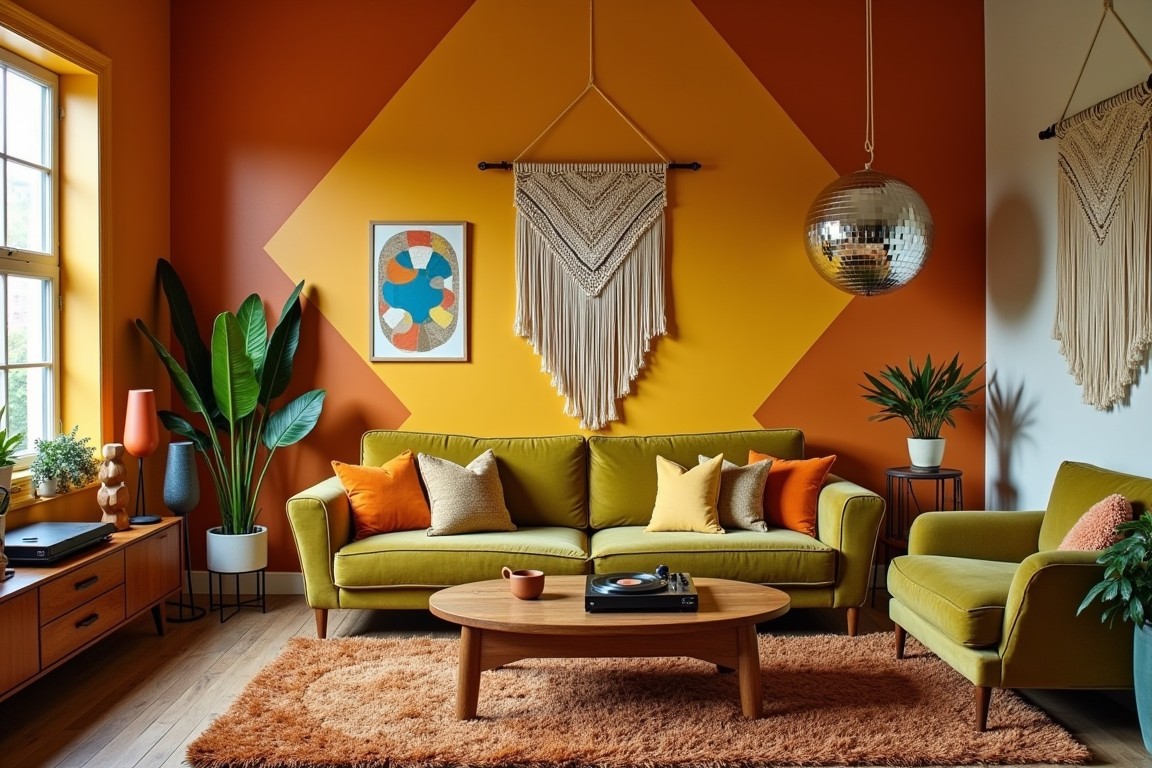The vibrant, eclectic style of interior design from the 70s isn’t just a throwback; it’s making a big comeback. Imagine furniture that is both conversation-starting and useful, with vibrant colours and quirky patterns. I discovered my grandmother’s old photo album a few years ago, which was full of pictures of her hip living room, complete with a lava lamp, a record player spinning vinyl, and a shag carpet. I was motivated to investigate how we could incorporate the best aspects of the 1970s into our contemporary homes while adding a new, sustainable twist by that sentimental trip. We’ll explore the essential components of 70s design in this guide, as well as how to update them for the modern era and why this vintage aesthetic is still relevant today.
Why 70s Interior Design is Back in Style
The principles of the 70s, such as independence, self-expression, and defiance of social norms, are still relevant today. The reason this style is so popular again is explained by the following:
- Bold Individuality: From psychedelic wallpaper to oddball furniture, 70s design promotes individual flair.
- Nostalgia Factor Gen Z and Millennials are embracing vintage styles and incorporating them with contemporary minimalism.
- Sustainability: Repurposed and vintage items from the 1970s add character and cut down on waste.
A 2023 Houzz survey found that 65% of homeowners are using vintage accents in their interior design. However, 70s design can complement eco-friendly living; it’s not just about looks. See our eco-friendly decor guide for additional information on sustainable décor.
Key Elements of 70s Interior Design
70s design is a feast for the senses. Here are the must-haves:
- Color Palette: Think earthy tones like avocado green, mustard yellow, and burnt orange, mixed with pops of bright colors.
- Patterns: Geometric shapes, florals, and paisleys were everywhere—on wallpaper, upholstery, and even ceilings.
- Furniture: Low-slung sofas, bean bags, and modular pieces that scream comfort and cool.
- Textures: Shag rugs, velvet, and macramé added depth and coziness.
- Lighting: Lava lamps, disco balls, and funky pendant lights set the mood.
Each element adds a layer of personality, making 70s spaces feel alive and inviting. For more on retro-inspired decor, see our wall decor ideas.
Traditional 70s vs. Modern 70s-Inspired Design
Let’s compare the original 70s style with today’s modern take:
| Aspect | Traditional 70s Design | Modern 70s-Inspired Design |
|---|---|---|
| Color Use | Bold, often clashing colors | Muted tones with strategic pops |
| Furniture | Heavy, oversized pieces | Sleek, multifunctional designs |
| Sustainability | Minimal focus on eco-friendliness | Emphasis on vintage and upcycled |
| Technology | Analog (record players, etc.) | Smart home integration |
Modern 70s-inspired design takes the best of the era—its boldness and creativity—and pairs it with today’s sustainability and tech. It’s retro with a purpose.
Eco-Friendly 70s Interior Design Ideas
Want to embrace the 70s vibe sustainably? Here’s how:
1. Vintage Furniture Finds
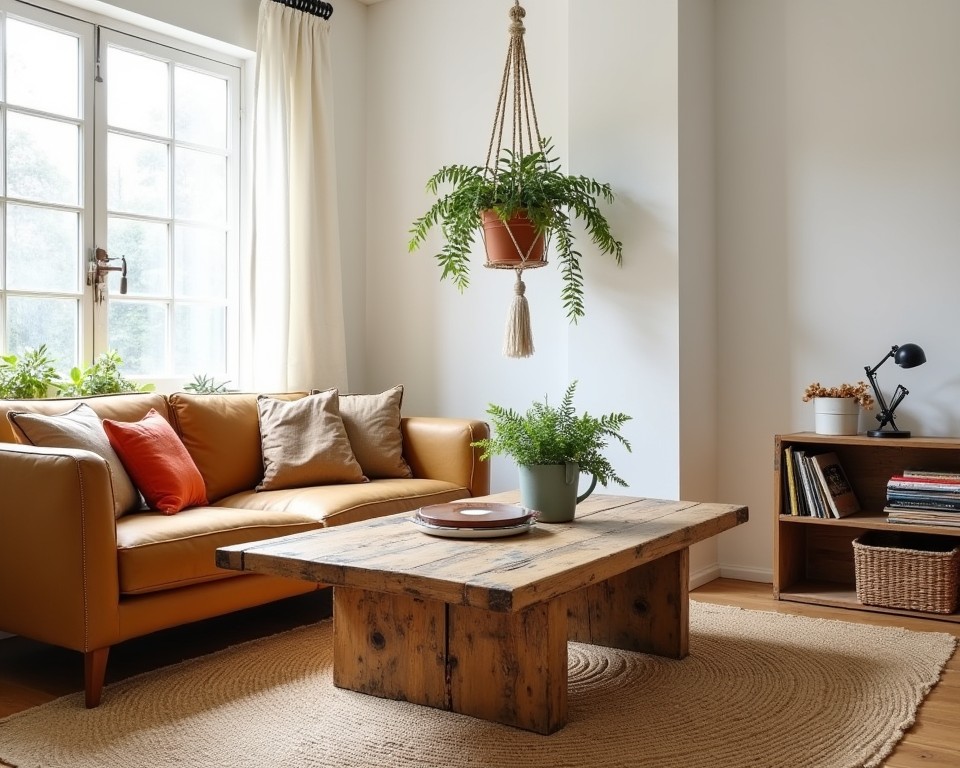
- What It Is: repurposed or thrifted items from the 1970s, such as rattan chairs or teak sideboards.
- Why It’s Excellent: adds genuine flair while cutting down on waste.
- Advice: Seek out high-quality materials that have endured over time.
2. Natural Fiber Textiles
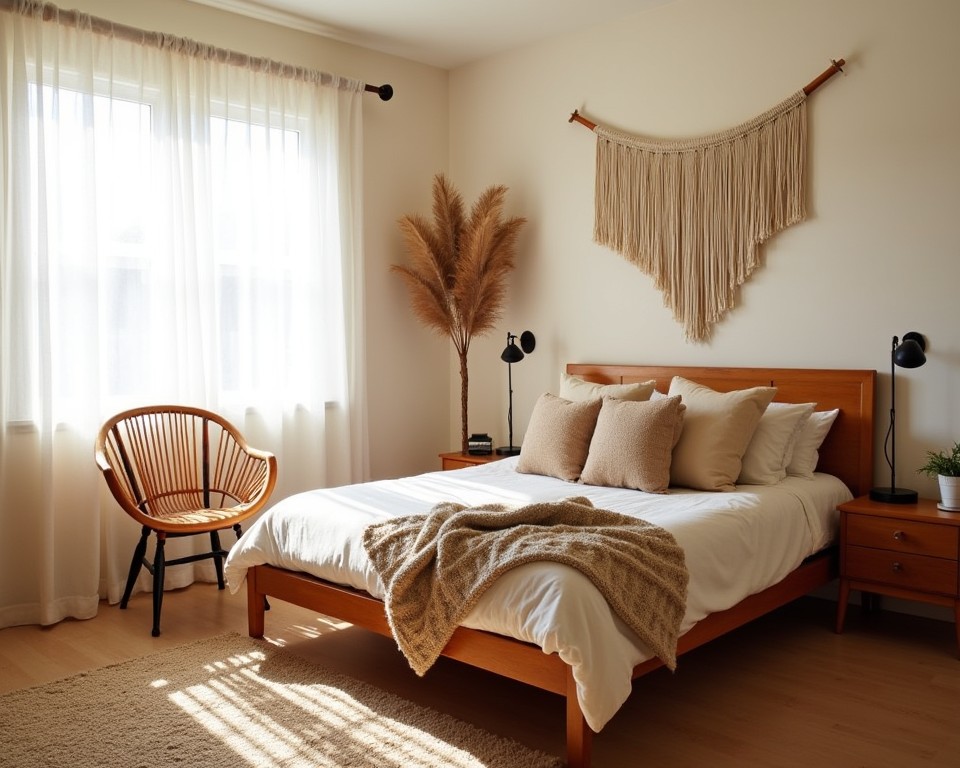
- What It Is: Cotton throws, jute rugs, and macramé wall hangings.
- Why It’s Excellent: adds texture and is biodegradable.
- Tip: For a unique touch, try making your own macramé. See our guide to organic gardening for more information.
3. Energy-Efficient Lighting
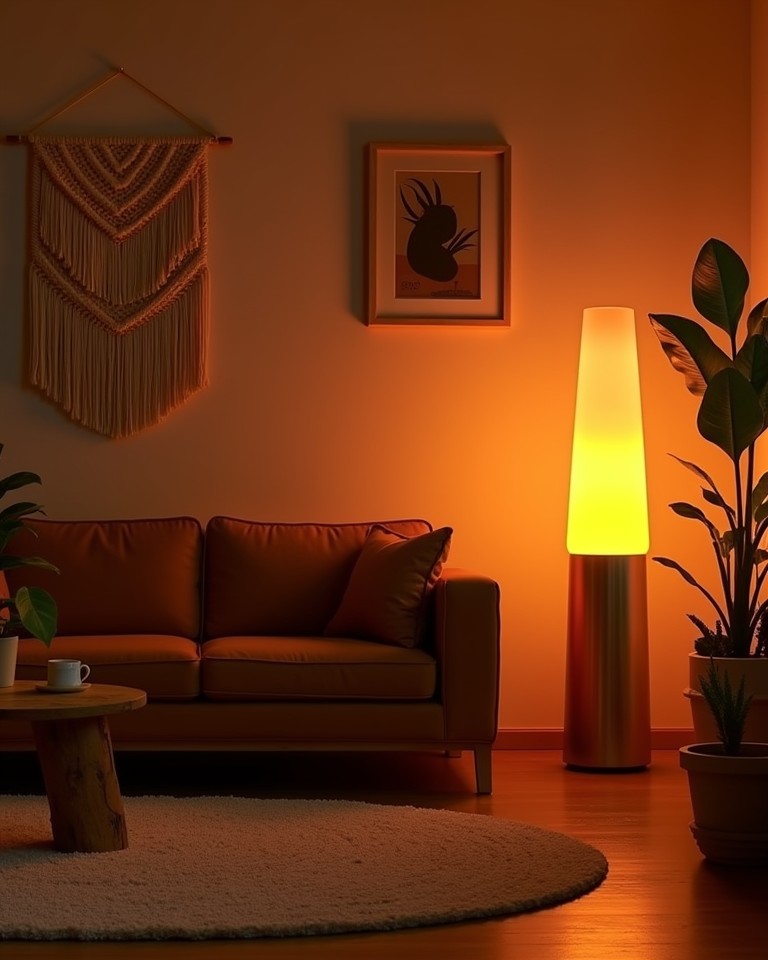
- What It Is: LED versions of retro lamps or smart lighting systems.
- Why It’s Great: Cuts energy use while keeping the vibe.
- Tip: Opt for warm-toned bulbs to mimic the 70s glow.
4. Repurposed Decor

- What It Is: Turning old items into decor, like vinyl records as wall art.
- Why It’s Great: Reduces waste and sparks creativity.
- Tip: Use non-toxic paints for any refinishing.
These ideas blend 70s flair with modern eco-consciousness. For more on sustainable living, check out our zero-waste guide.
DIY 70s Interior Design Projects
Get hands-on with these retro-inspired DIYs:
1. Macramé Plant Hanger
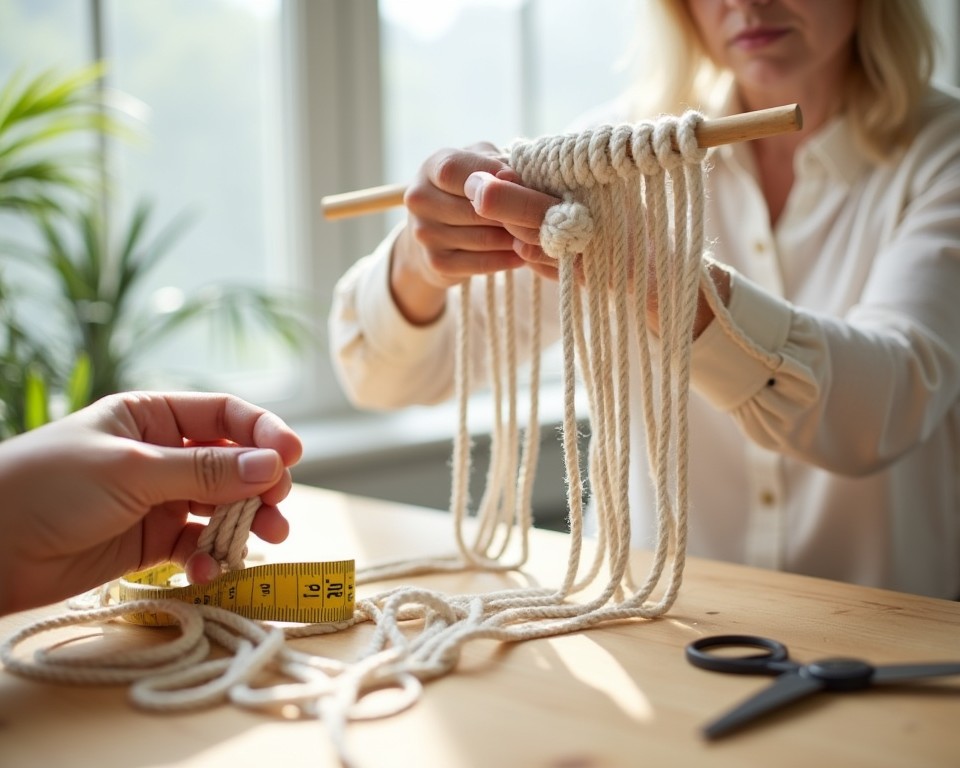
- Materials: Organic cotton rope, wooden beads.
- How-To: Knot the rope into a hanger and add a potted plant.
- Why It’s Eco-Friendly: Uses natural, biodegradable materials.
2. Vinyl Record Wall Art
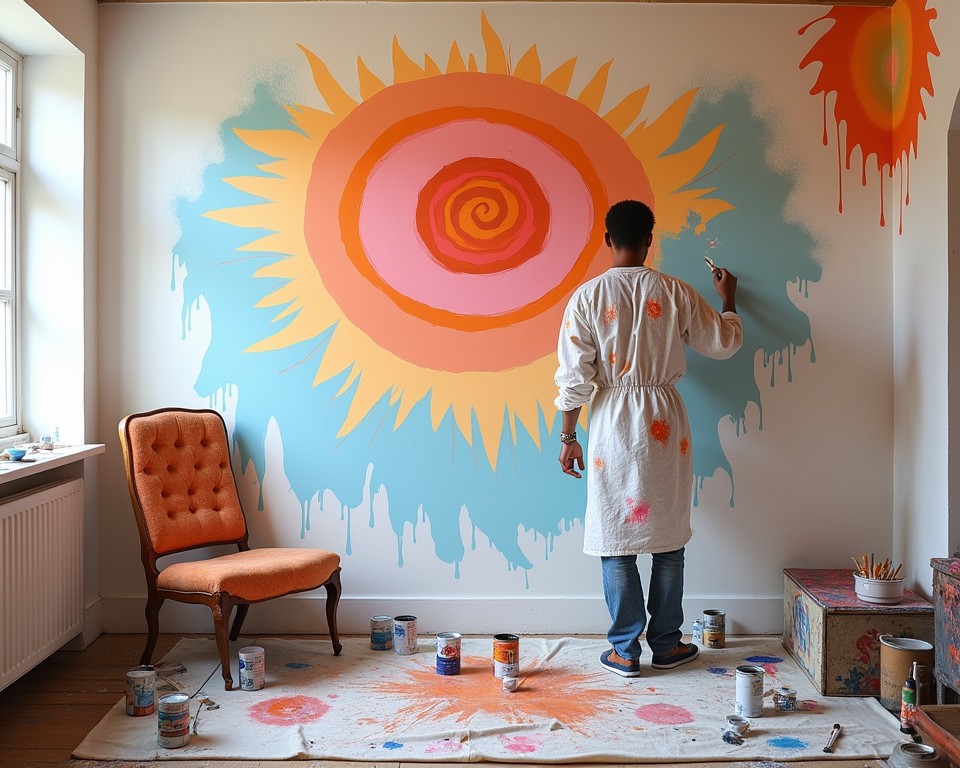
- Materials: Old vinyl records, non-toxic paint.
- How-To: Paint designs on records and hang them in a grid.
- Why It’s Eco-Friendly: Upcycles items that might otherwise be trashed.
3. Tie-Dye Throw Pillows
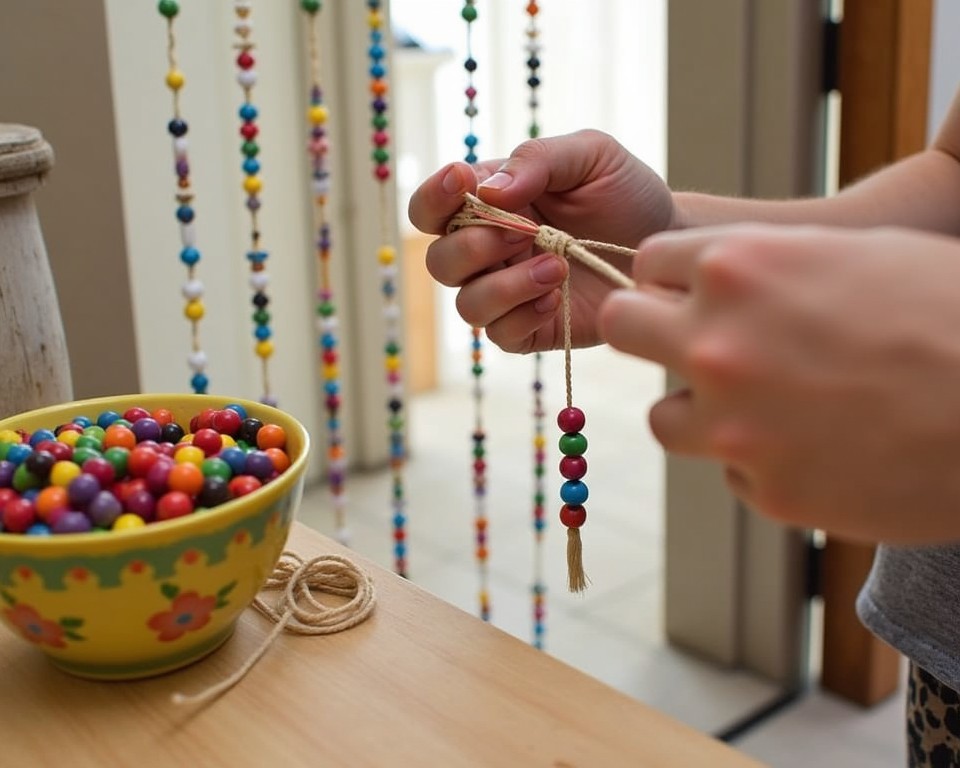
- Materials: Organic cotton pillowcases, natural dyes.
- How-To: Tie and dye the fabric, then stuff with eco-friendly filling.
- Why It’s Eco-Friendly: Uses natural materials and dyes.
These projects are fun, budget-friendly, and planet-friendly. For more crafting ideas, visit our green garden guide.
70s Interior Design for Small Spaces
Limited space? Here’s how to channel the 70s without overwhelming:
- Bold Accents: Use a single statement piece, like a funky chair or colorful rug.
- Vertical Decor: Hang macramé or shelves to draw the eye upward.
- Multi-Functional Furniture: Opt for modular sofas or storage ottomans.
A friend once turned her tiny apartment into a 70s haven with a vintage record player and a few bold pillows—it felt spacious and stylish. For more small-space tips, see our eco-home guide.
70s Interior Design Trends in 2025
The 70s are back, but with a modern twist:
- Earthy Color Palettes: Muted versions of 70s classics, like sage green and terracotta.
- Sustainable Materials: Bamboo, cork, and recycled plastics in retro shapes.
- Tech Integration: Smart lighting that mimics lava lamps or disco balls.
- Biophilic Design: Plants galore, echoing the 70s love for nature.
These trends blend nostalgia with innovation, perfect for today’s eco-conscious homeowner. Explore more in our lush sustainability guide.
How to Choose the Right 70s-Inspired Decor
Selecting 70s decor can be overwhelming. Here’s a simple guide:
- Start with Color: Pick one or two 70s hues to anchor your space.
- Mix Textures: Combine velvet, shag, and wood for depth.
- Balance Bold with Neutral: Pair statement pieces with simpler items.
- Think Sustainable: Opt for vintage or eco-friendly new items.
- Personalize: Add your own flair—maybe a DIY project or family heirloom.
Remember, the 70s were about breaking rules—trust your instincts!
The Impact of Sustainable 70s Design
Choosing sustainable 70s decor isn’t just stylish—it’s impactful:
- Reduces Waste: Vintage and upcycled items keep things out of landfills.
- Lowers Carbon Footprint: Locally sourced or handmade pieces cut emissions.
- Supports Artisans: Buying from small makers boosts ethical economies.
A 2024 Green Living Report found that 70% of consumers prefer sustainable home decor. It’s a trend with real benefits. For more on sustainability, see our social sustainability guide.
70s Design and Mental Health
Your home’s design can influence your well-being. Here’s how 70s elements help:
- Color Psychology: Warm tones like orange and yellow boost mood.
- Comfort Focus: Plush seating and soft textures create a cozy, stress-free space.
- Nostalgia: Retro vibes can evoke happy memories and a sense of comfort.
I once added a vintage velvet sofa to my living room—suddenly, it became the go-to spot for relaxation. It’s amazing what a little retro can do.
Budget-Friendly 70s Design Ideas
Decorating doesn’t have to break the bank. Try these wallet-friendly ideas:
- Thrift Store Finds: Unique furniture or decor at a fraction of the cost.
- DIY Projects: Create your own art or refinish old pieces.
- Minimalist Approach: Fewer, high-quality items can make a big impact.
- Nature’s Decor: Use branches, stones, or shells for free accents.
These options are not only cheap but also sustainable. For more budget tips, check out our rain gardens guide.
70s Design for Different Rooms
Each room can embrace the 70s vibe uniquely:
Living Room

Go bold with a patterned sofa or shag rug.
Bedroom
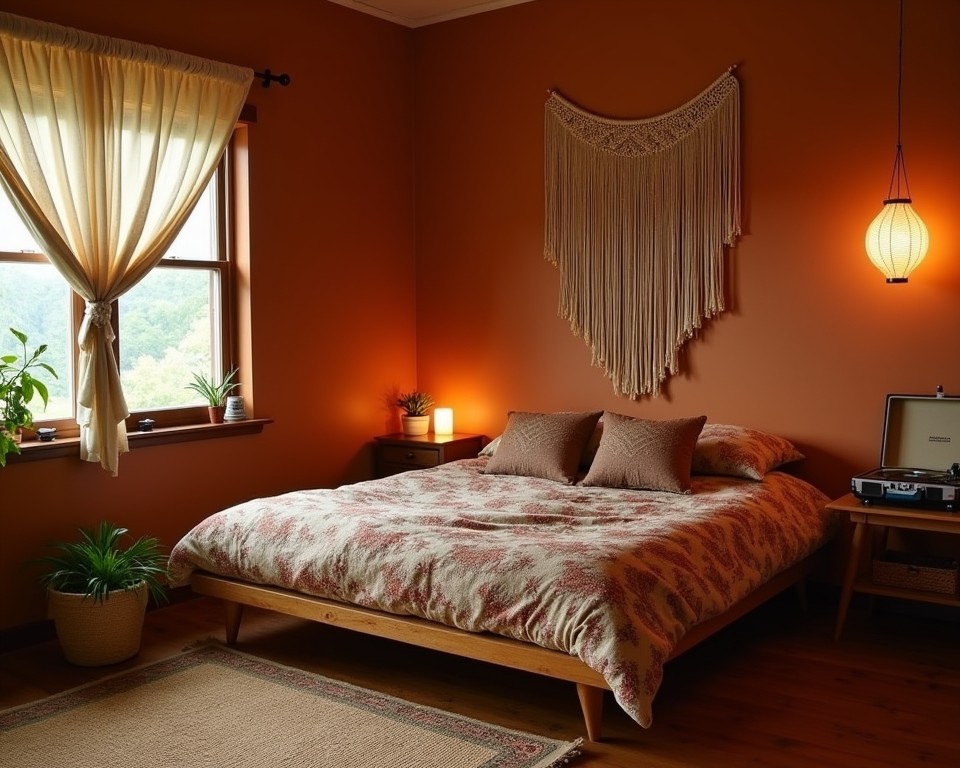
Use earthy tones and textured bedding for a cozy feel.
Kitchen
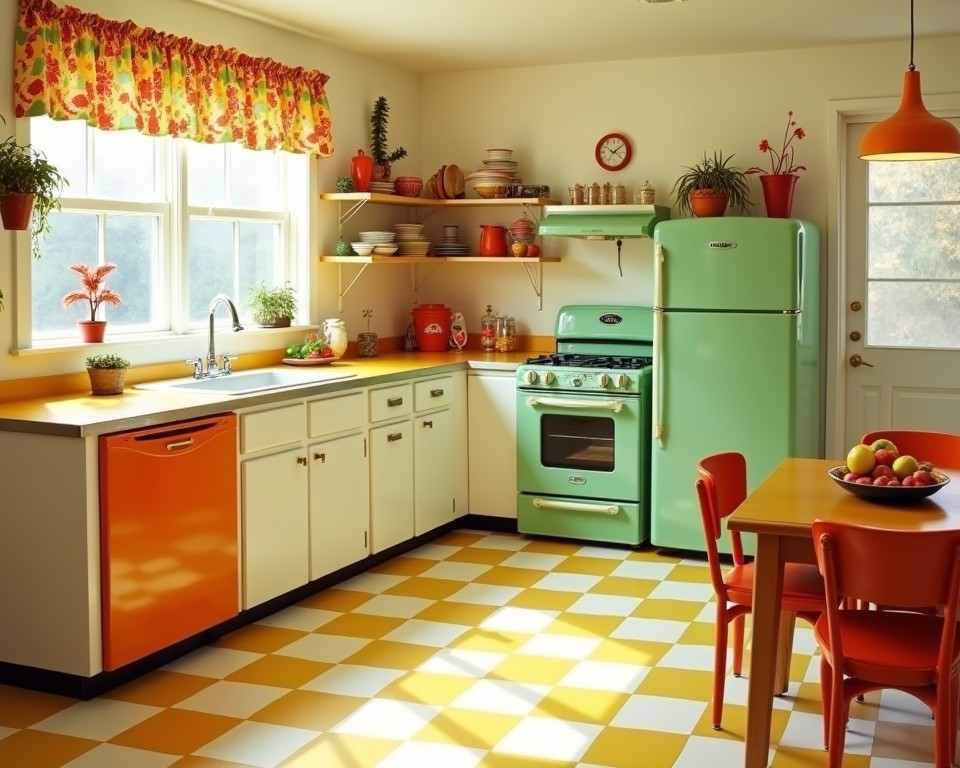
Add retro appliances or colorful tiles.
Bathroom
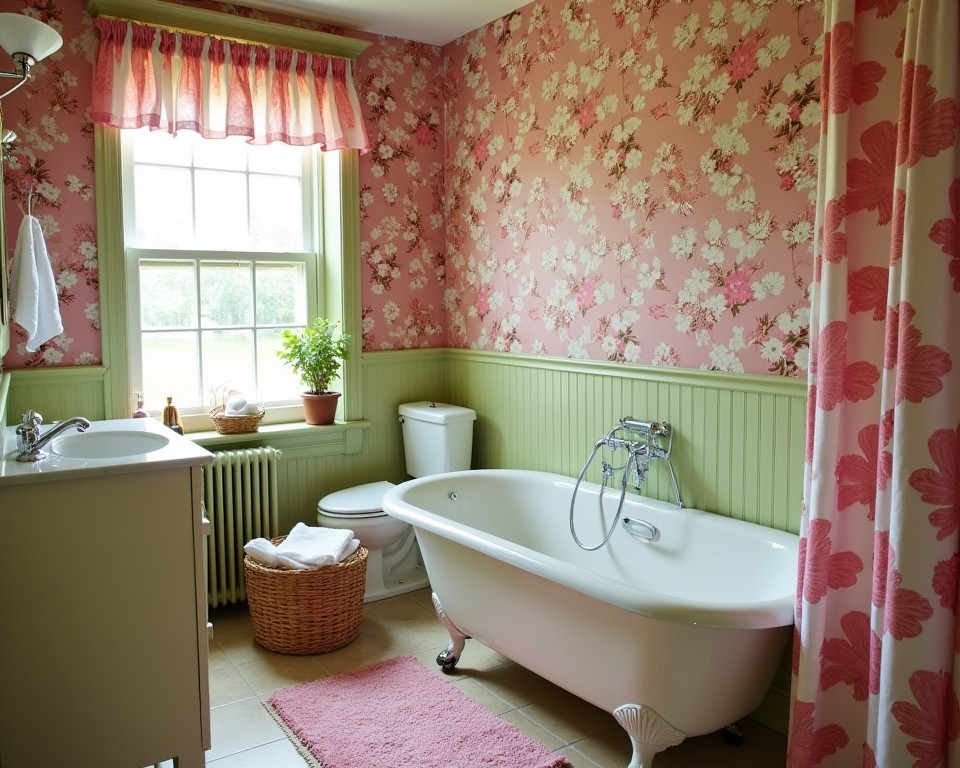
Think funky wallpaper or a vintage vanity.
Tailoring the 70s style to the room’s function ensures it’s both fun and functional.
The Future of 70s-Inspired Design
Looking ahead, 70s design is evolving with technology and sustainability:
- Smart Retro Gadgets: Voice-controlled record players or app-synced lava lamps.
- Eco Materials: Furniture made from recycled plastics in retro shapes.
- AR Design Tools: Virtual reality to preview your 70s-inspired space.
These innovations make 70s design more accessible and eco-friendly. For more future trends, see our sustainable house materials guide.
Conclusion
70s interior design is more than a trend—it’s a timeless, expressive style that can transform your space into a vibrant, cozy retreat. From vintage furniture to DIY projects, the possibilities are endless and eco-friendly. Whether you’re a design enthusiast or a retro newbie, remember: your home should reflect you. So, what will your 70s-inspired space say?
Ready to start your transformation? Begin with one small change—add a funky lamp, thrift a vintage chair, or share this post with a friend. For more inspiration, explore our eco-friendly decor guide. Let’s bring the groovy back, sustainably.
FAQ
How can I make my 70s-inspired decor sustainable?
Use vintage furniture, natural textiles, and energy-efficient lighting. DIY projects with upcycled materials are also great.
What are the key colors of 70s interior design?
Avocado green, mustard yellow, burnt orange, and earthy browns, often mixed with bright pops of color.
Is 70s design suitable for small spaces?
Yes! Use bold accents, vertical decor, and multi-functional furniture to maximize space without overwhelming it.
How does 70s design affect mental health?
The warm colors, cozy textures, and nostalgic elements can create a comforting, stress-reducing environment.

